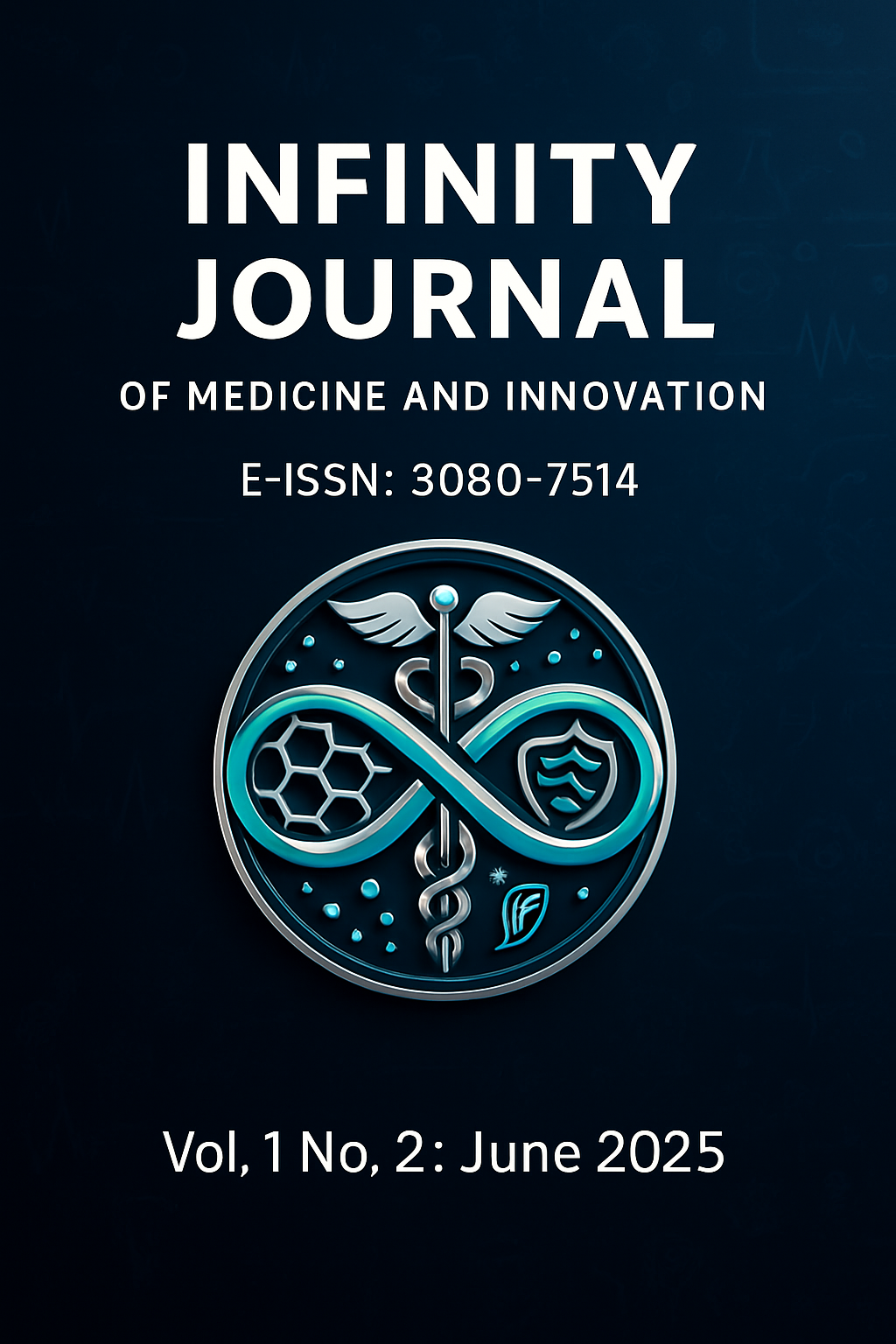Antimicrobial Activity of Petroleum and Benzene Against Selected Bacterial and Fungal Pathogens
Antimicrobial Activity of Petroleum and Benzene
Keywords:
Antifungal activity, Petroleum, Benzene, Antimicrobial resistance, Fungal pathogens, Candida, Aspergillus, Mucor, In vitro.Abstract
Background: Antimicrobial resistance (AMR) poses a significant global health threat. While bacterial resistance is well-known, resistant fungal pathogens are an increasing concern, particularly for vulnerable populations. Exploring unconventional antimicrobial agents is crucial. Industrial hydrocarbons like petroleum and benzene, common solvents, represent an underexplored potential source, especially against fungi. Objective: This study aimed to evaluate and compare the in vitro antimicrobial efficacy of petroleum and benzene against selected clinically relevant pathogenic bacterial and fungal species. Methods: 70 clinical isolates (10 each of Escherichia coli, Staphylococcus spp., Proteus spp., Pseudomonas spp., Candida spp., Mucor spp., and Aspergillus spp.) from Shomally General Hospital, Iraq, were tested. Antimicrobial activity of petroleum and benzene at 10%, 20%, 40%, and 50% (v/v) concentrations was assessed using standard broth/agar dilution methods. Incubation was 24h (bacteria/Candida) or up to 6 days (molds), followed by subculturing to determine viability (cidal/static effect). Results: Petroleum and benzene showed no inhibitory effects against the tested bacterial isolates at any concentration (10-50%). However, both substances demonstrated potent, fungicidal activity against all tested fungi (Candida spp., Mucor spp., Aspergillus spp.), achieving complete inhibition starting at the 10% (v/v) concentration. Conclusion: Petroleum and benzene exhibit selective and potent in vitro fungicidal activity against the tested pathogens at concentrations of 10% and higher, while lacking antibacterial efficacy. These findings suggest potential for derivatives in antifungal applications, but warrant significant further investigation into mechanisms, resistance, and critical toxicological profiles before any practical consideration.
Downloads
Published
How to Cite
Issue
Section
License
Copyright (c) 2025 Infinity Journal of Medicine and Innovation

This work is licensed under a Creative Commons Attribution 4.0 International License.
Allows others to copy, modify, distribute, and reuse the research for any purpose (even commercially), provided that the original author is credited.






